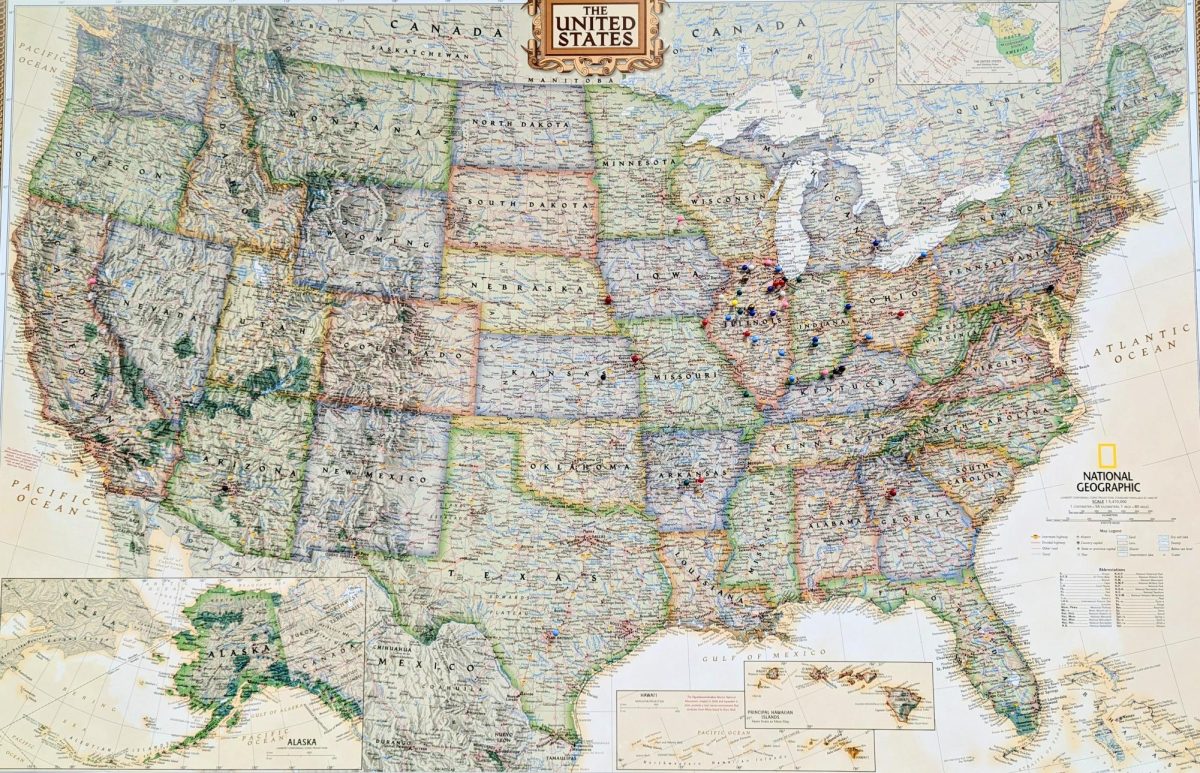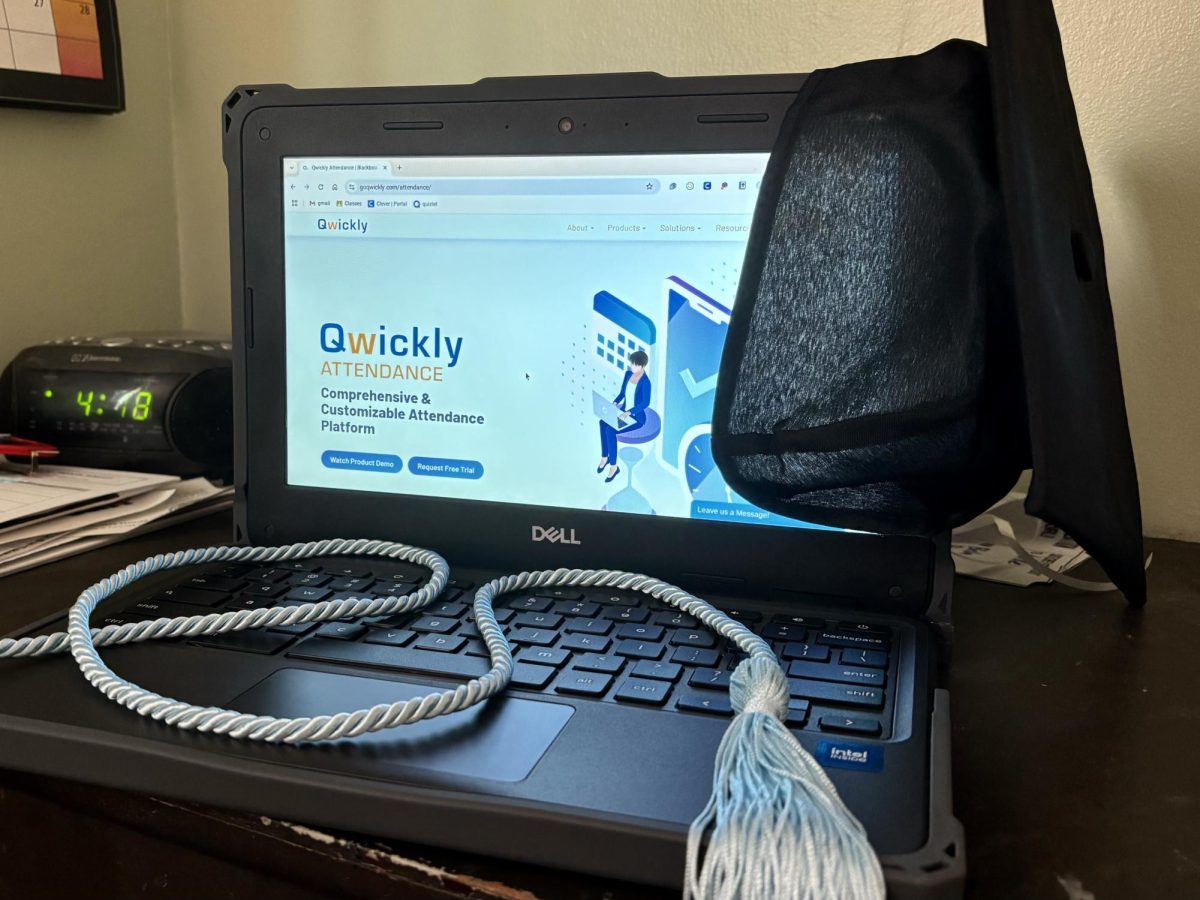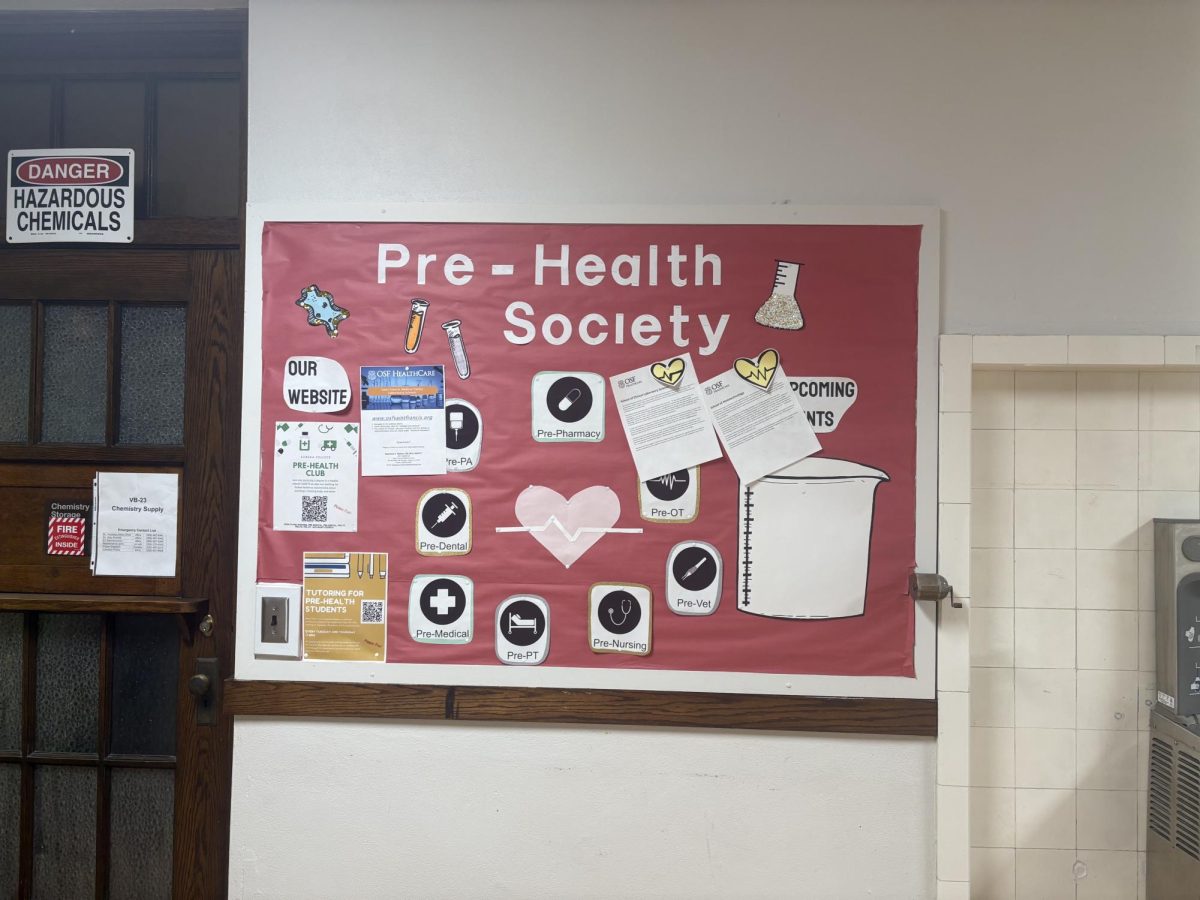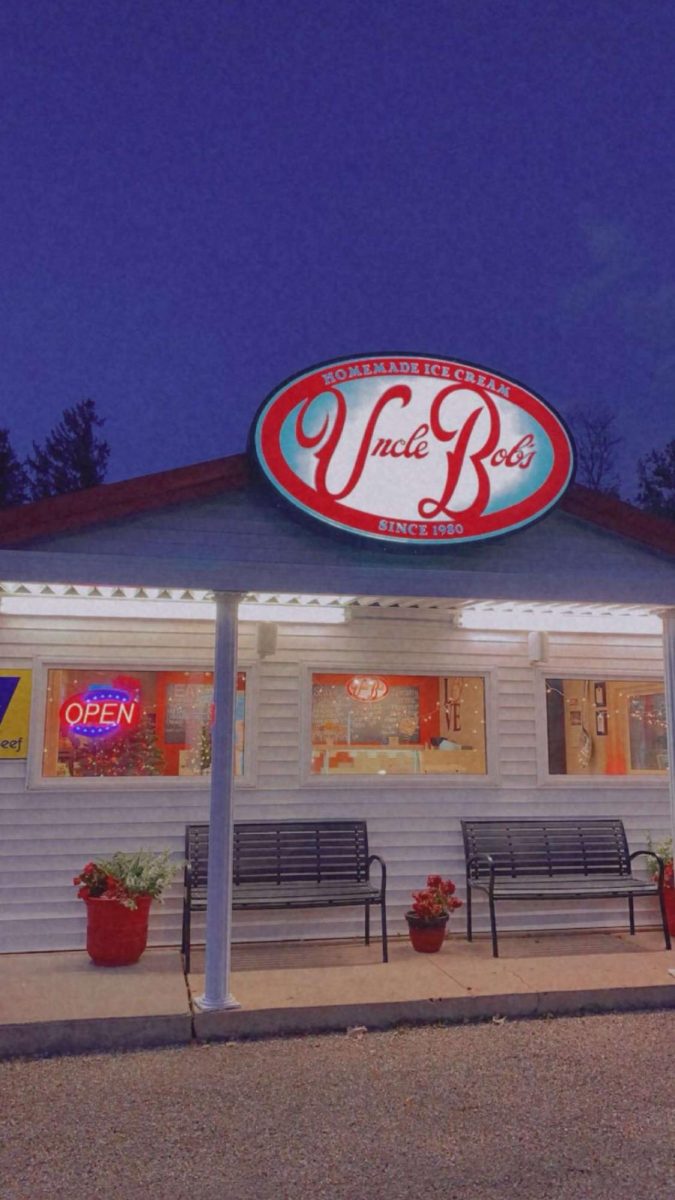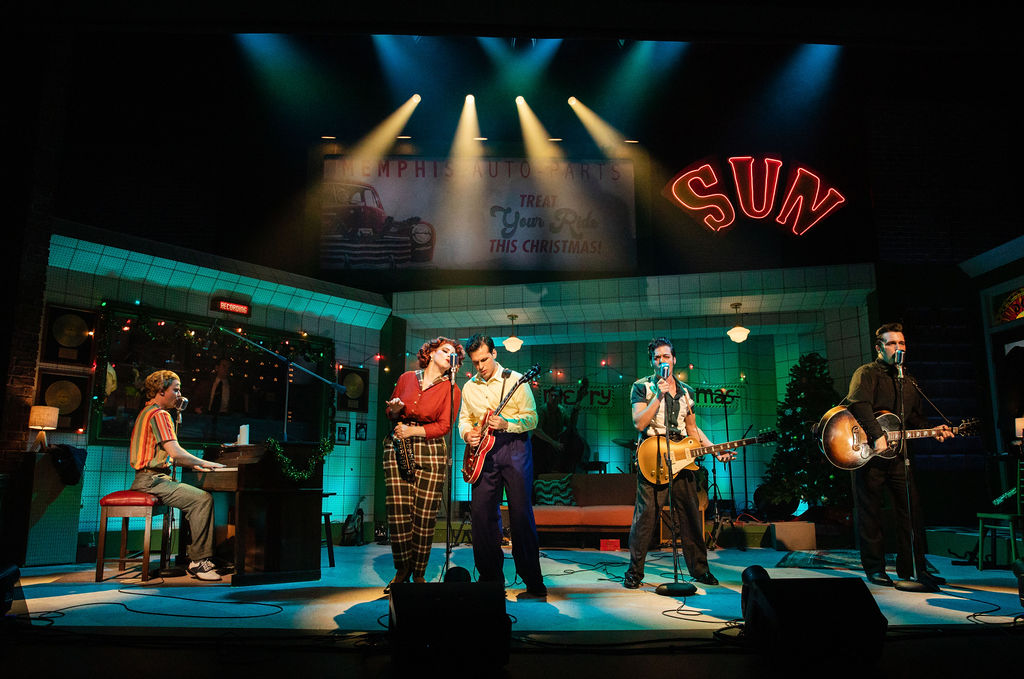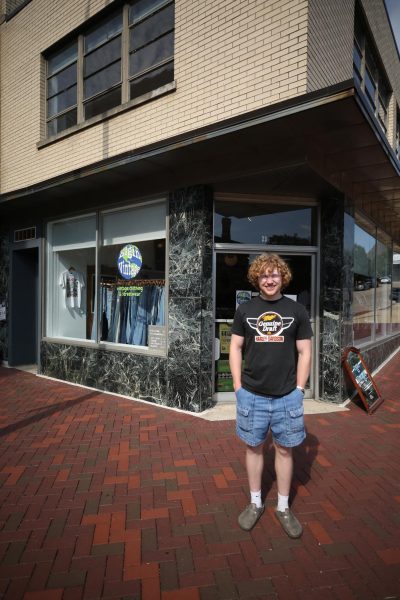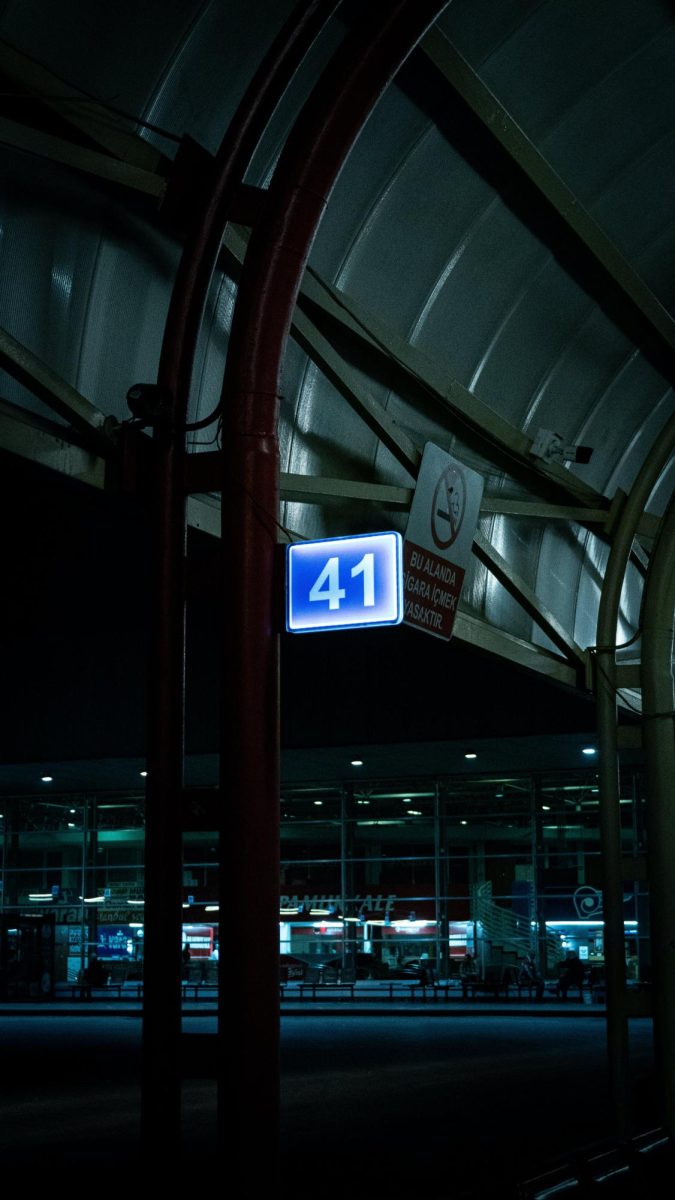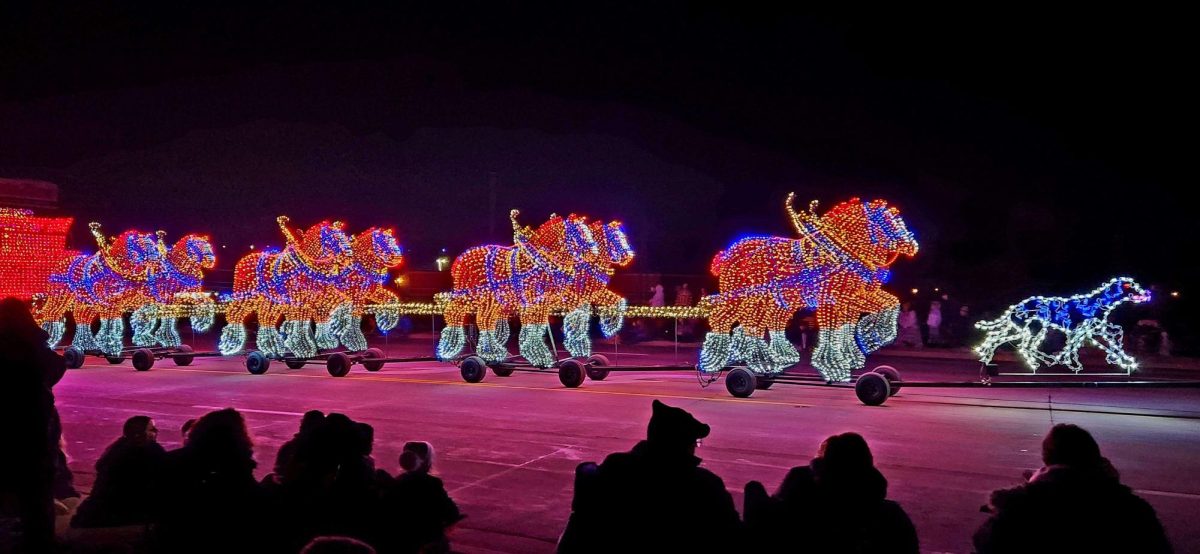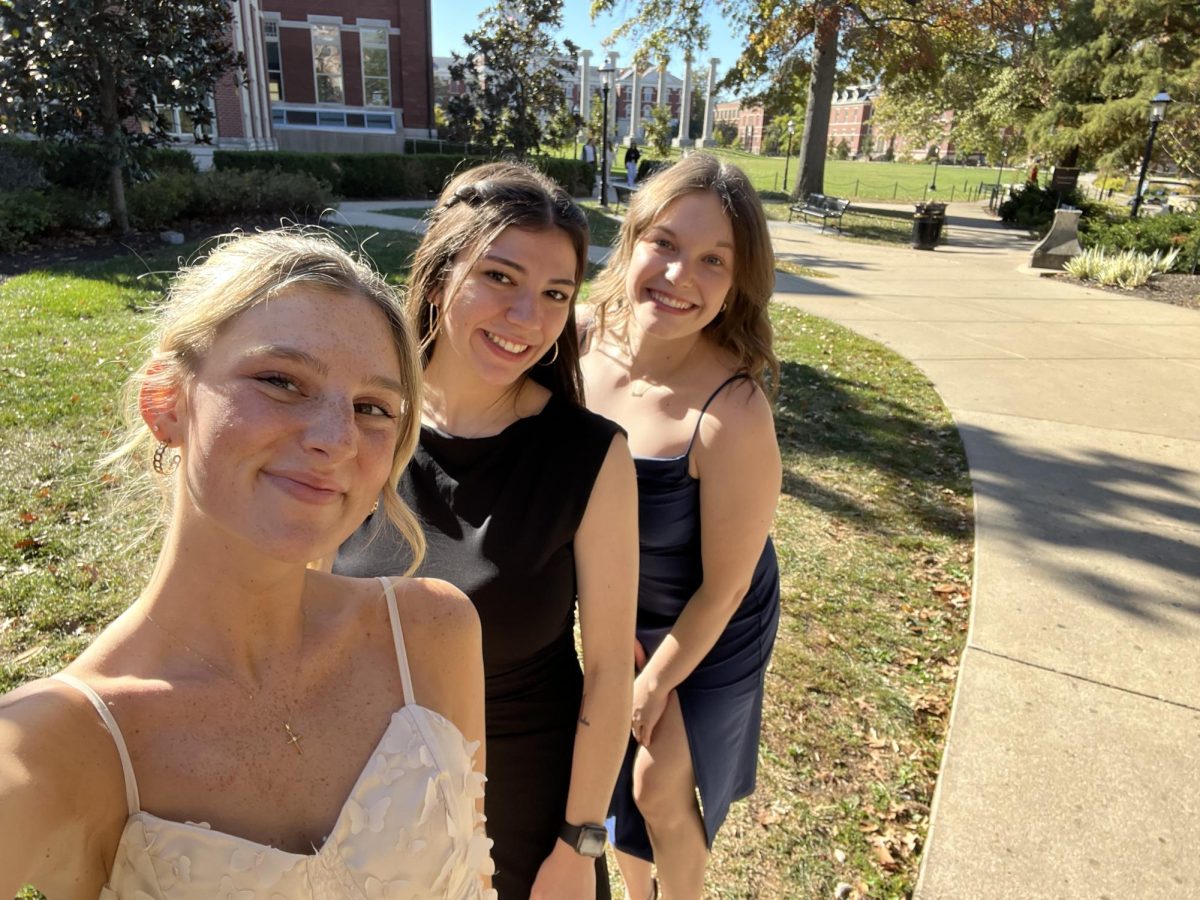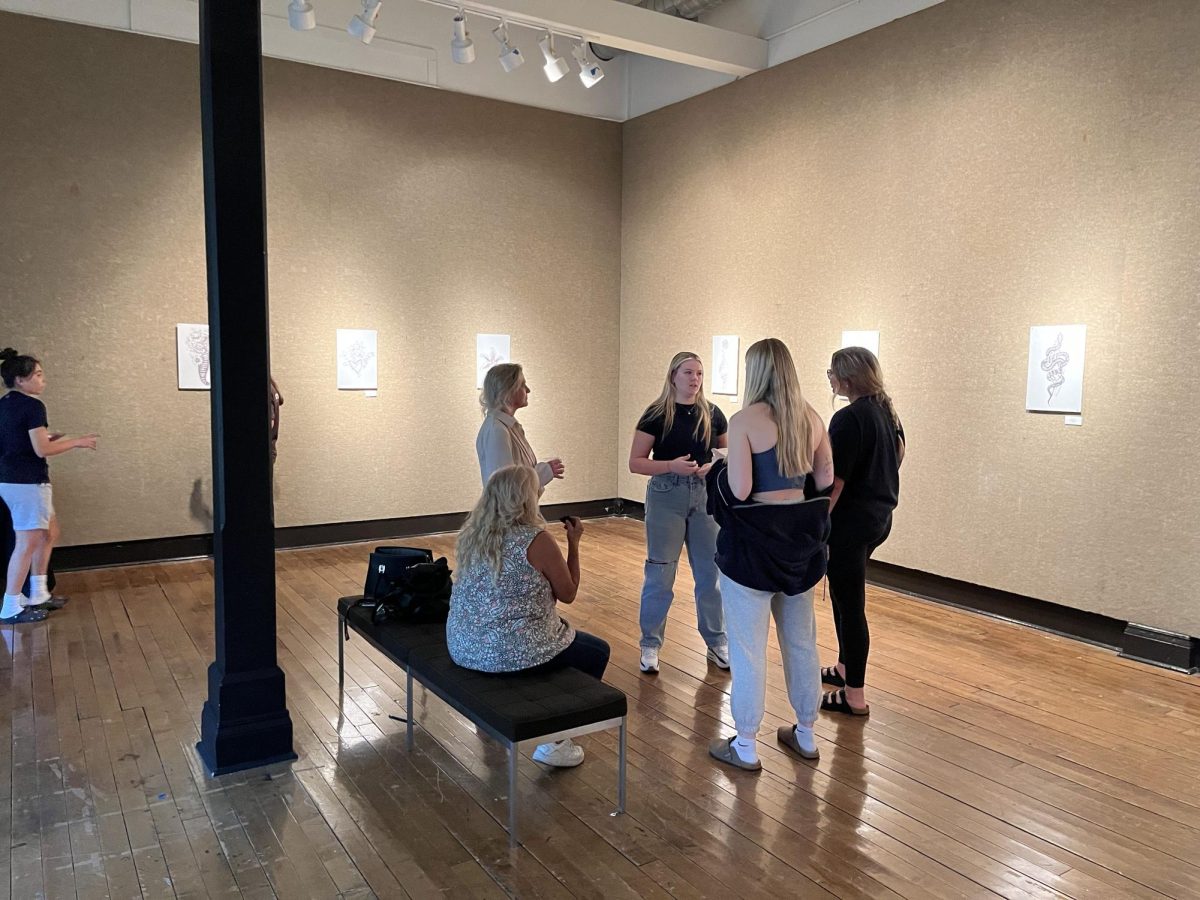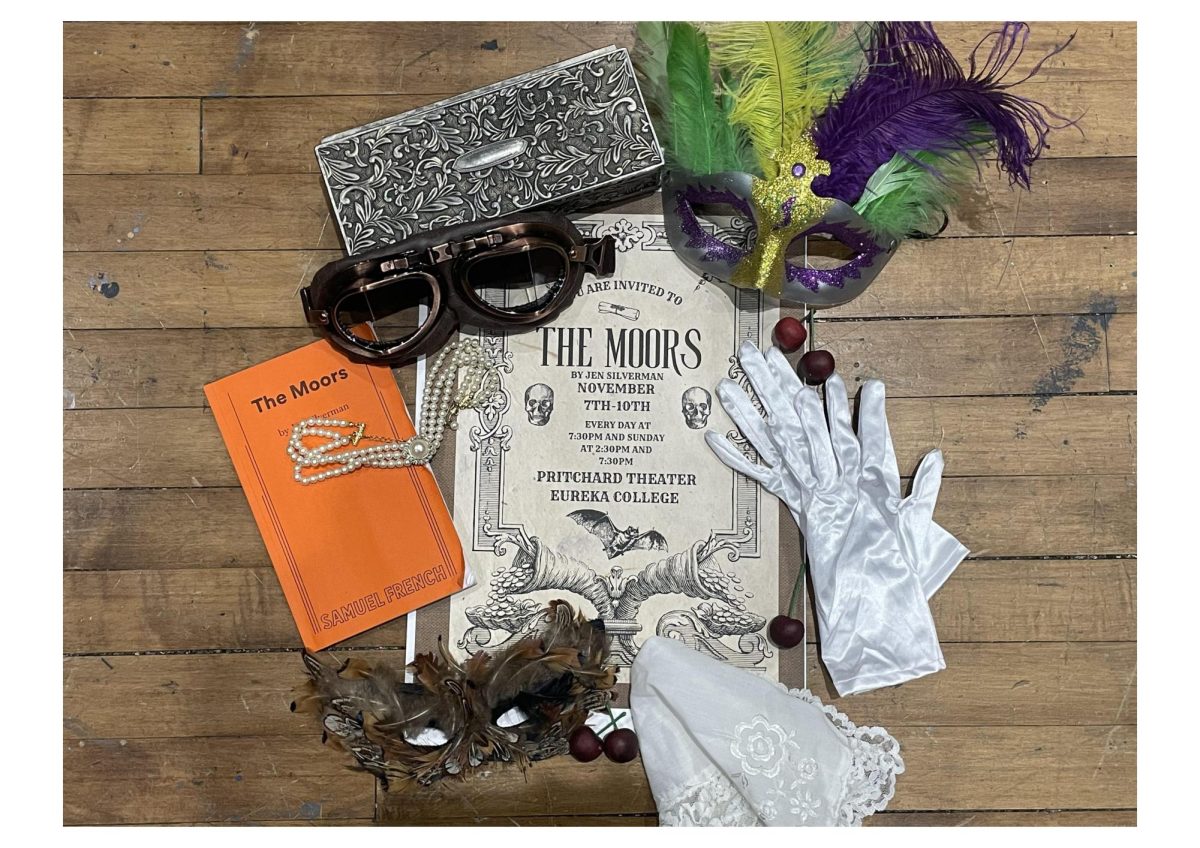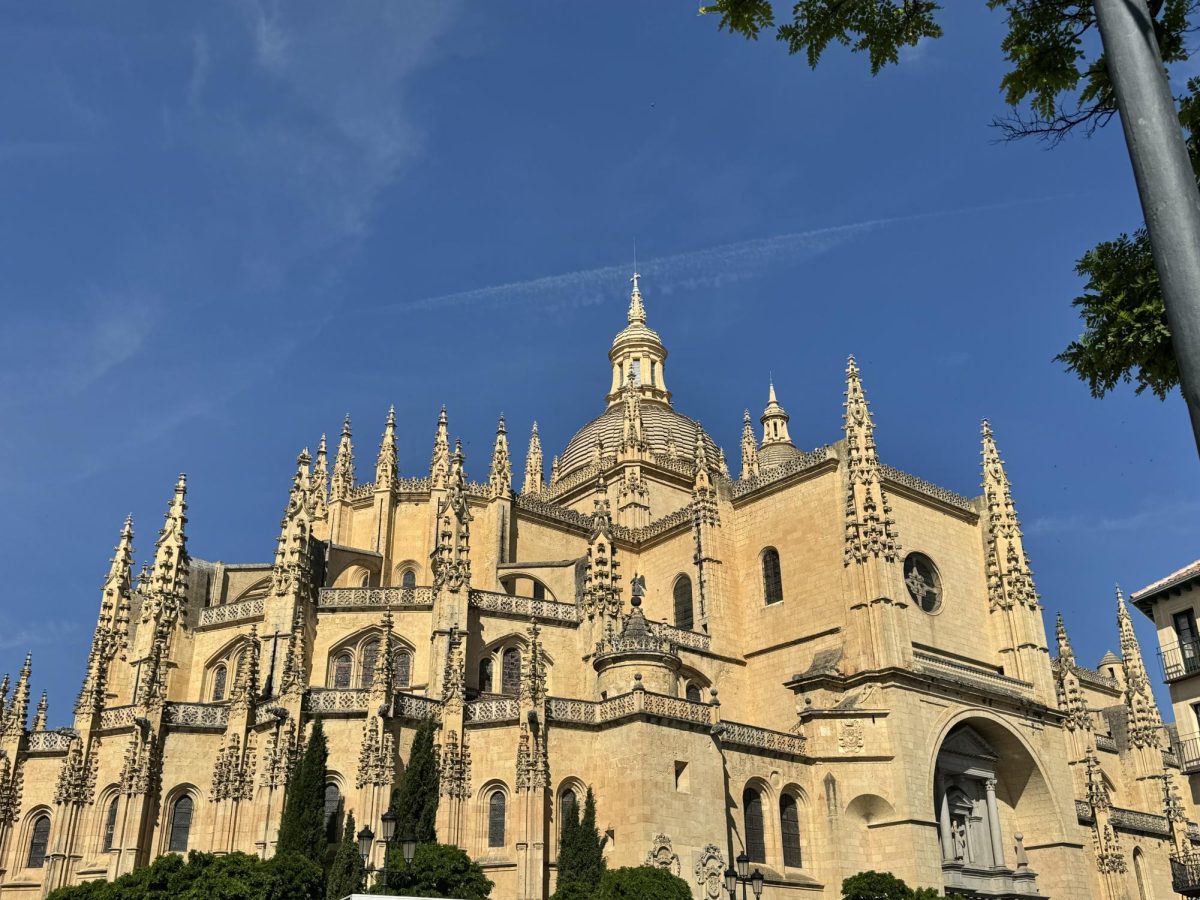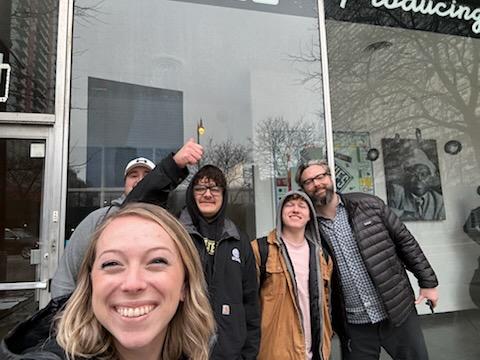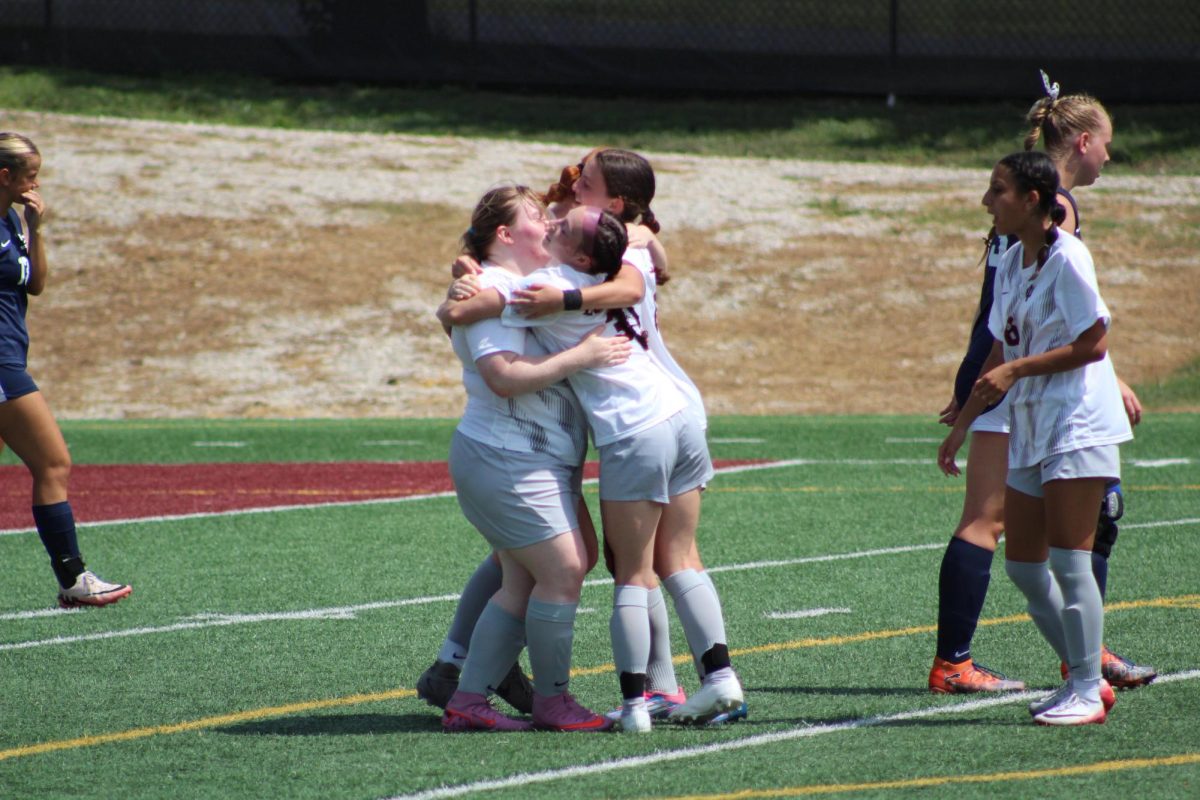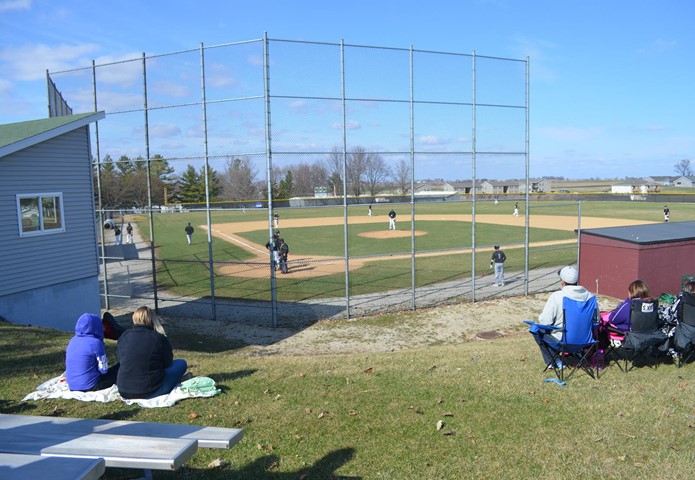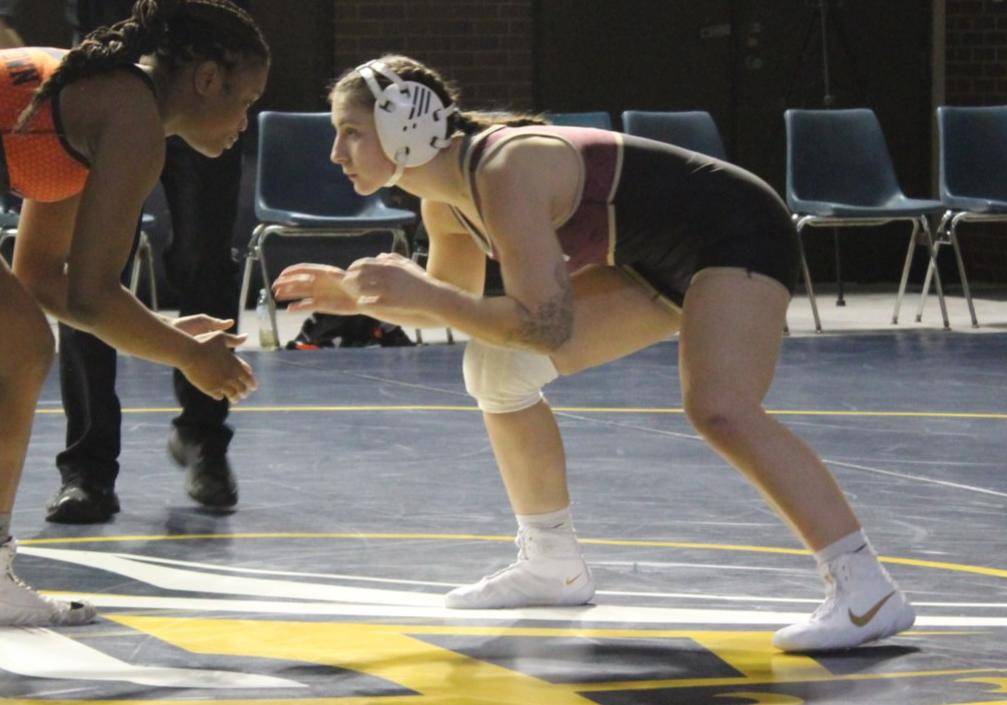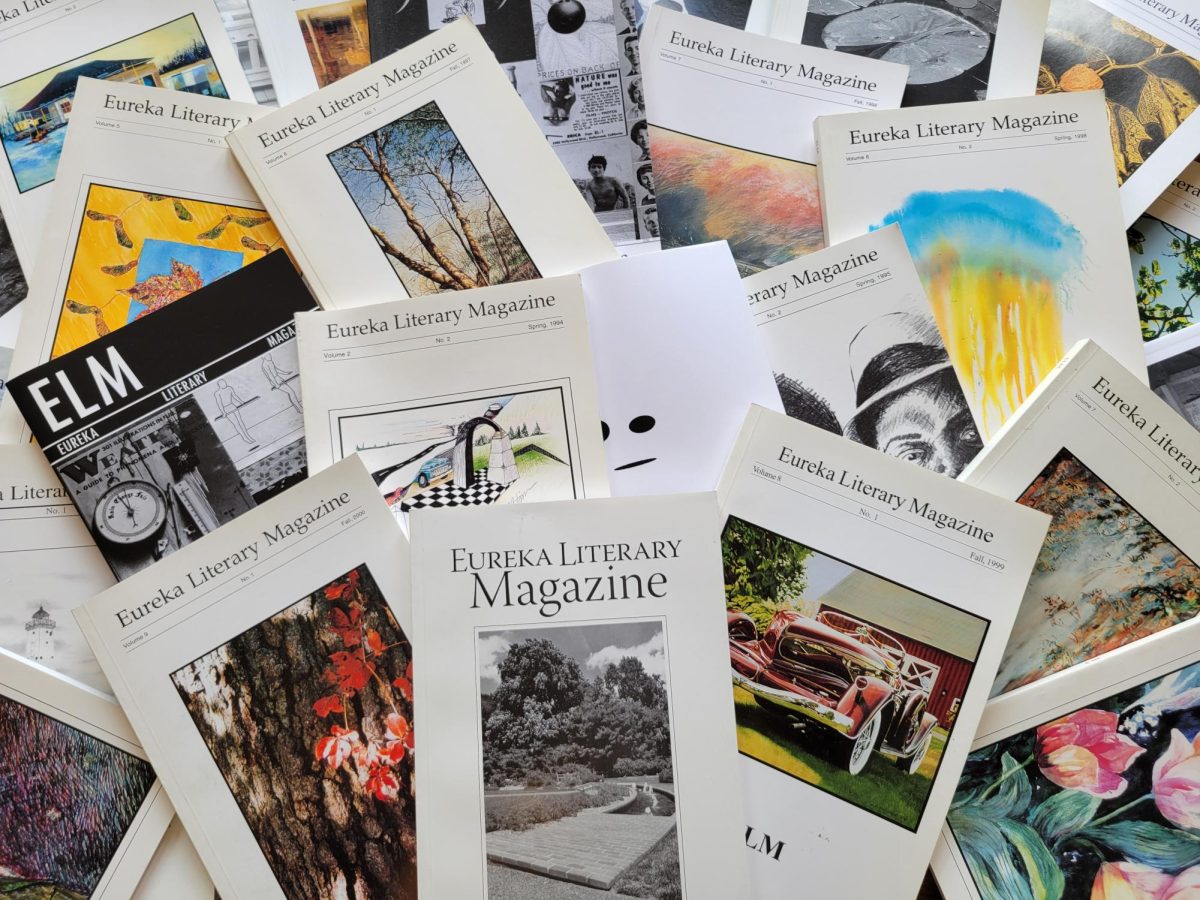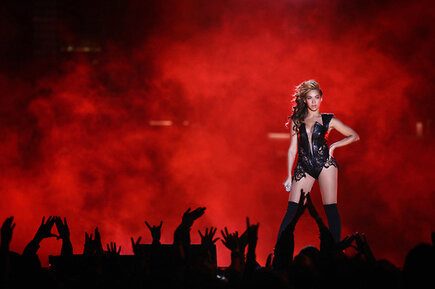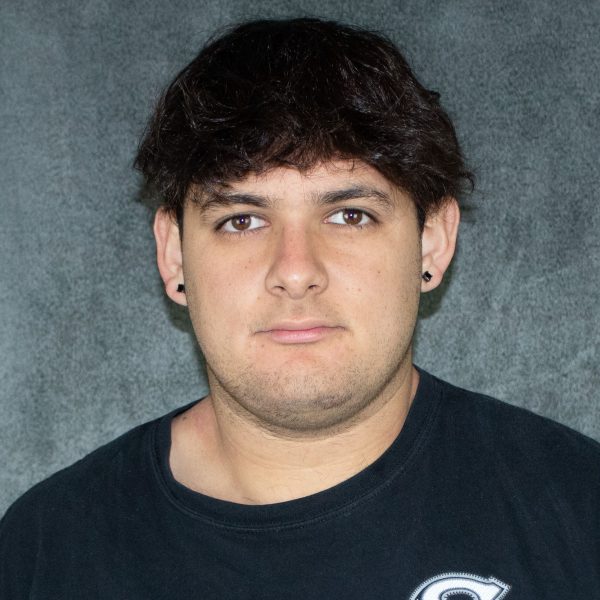COM 401 has recently taken an interest in blues music and its interesting past. They started their research by looking at the early 1900’s. This was the time of the Great Migration and the birth of race records.
Professor Duncan believes researching this time and music helps students towards the overall goal of the class.
“COM 401 is meant to be a capstone class for Communication and Media Studies Majors,” Duncan said. “The goal of the class is to summarize everything Communication majors have learned over the past 4 years along with furthering students research skills.”
With COM 401 being a capstone class, it is only offered to seniors who are finishing their Communication and Media Studies degree. Because of this, the class was only comprised of four students. This led to an interesting dynamic as it allowed them to learn from one another. Their collaborative relationship made it easier to give one another honest and constructive feedback while working on various assignments.
To further learn about this time, the class worked together on a coding project. For the project, the class looked at old copies of the Chicago Defender newspaper and looked for examples of race violence, migration, and blues music. They then brought their findings together, which Professor Duncan will use for an up-and-coming research project.
Blues music has a rich and sometimes complicated history. Blues comes from the hymns and work songs that slaves would sing to pass the time. During the Great Migration, blues became more rounded out and developed into rhythmic music about rough times in life.
To wrap up their section on Blues music, the class took a field trip to Chicago to visit the Chess Records Museum. Along with Chess Records, the class also went to the DuSable Black History Museum and Education Center.
In the 1900’s, Chess Records was a predominant studio that exclusively produced race cords. In current times, Chess Records is a museum that honors blues music and the many musicians that helped shape it.
The DuSable Black History Museum and Education Center takes a closer look at African American history as a whole and leads up to the time of the Great Migration.
The class learned a lot on the trip and had a great time going outside the walls of the classroom. Professor Duncan goes on to speak about this when he is asked if he would like to do a trip like this one in the future.
“It was a really good experience and expanded the college’s use of experiential learning,” Duncan said. “Chicago is a really good real-world classroom because it’s relatively close and has a wide scope of possibilities.”
Not only did Professor Duncan go on this trip, seniors Madalyn Schmidt, Tyler Bundren, Edgar Reyes, and Justin Owens tagged along as well.
“I really enjoyed it, I thought everything went smoothly and it was a really fun experience to be able to see the places that we learned about in person,” Madalyn said.
Seeing Chess Records made this trip stand out for Madalyn.
“Being able to hear the music in the space that it was recorded and learn the history of it, this museum made a difference in my trip,” Madalyn said.
As for Justin, this trip also made a difference for him as well.
“I have not had a lot of opportunity to use my experimental grant, and this trip helps me utilize resources that was available to me in a way that I found productive and a good way for learning,” Justin said.
Eureka is always happy anytime students get the opportunity to learn outside of the classroom. This was a great opportunity for the students to see the real world in a safe and controlled environment. The small group of students allowed Professor Duncan to keep a close eye on them during the whole trip, all while making sure they stayed engaged.

